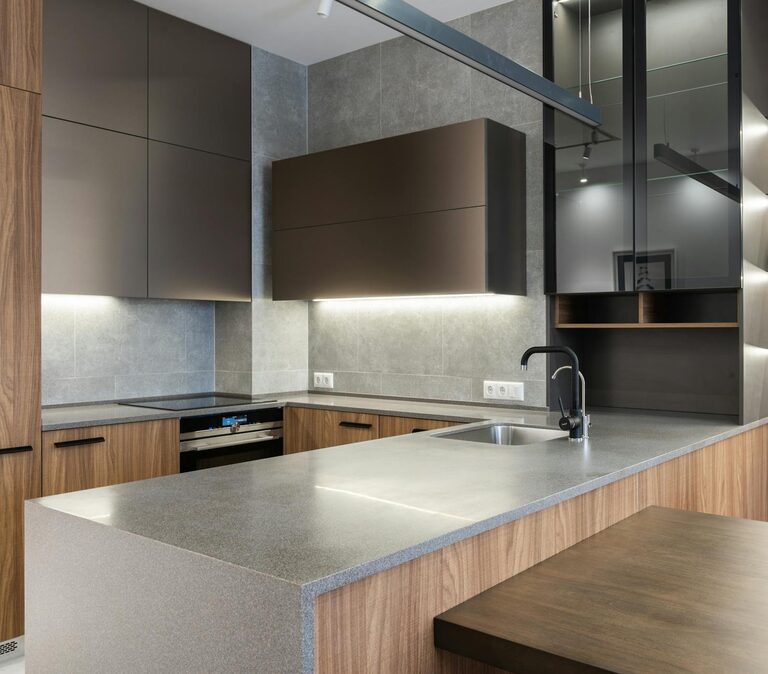Creating a peaceful and quiet home environment is essential for relaxation, focus, and overall well-being. Noise can come from many sources, including neighbors, traffic, appliances, and even household members. The good news is that there are simple and affordable ways to reduce noise and enjoy a more serene living space. In this post, we’ll explore practical tips to help you cut down on unwanted sounds at home.
Understanding Noise Sources in Your Home
Before tackling noise problems, it’s important to identify where the noise is coming from. Common sources include:
– Outdoor noise: traffic, construction, neighbors
– Indoor noise: appliances, electronics, footsteps
– Structural noise: thin walls, windows, doors
Knowing the source helps you choose the most effective noise-reducing methods.
Simple Ways to Reduce Noise Indoors
1. Use Rugs and Carpets
Hard floors like wood or tile can amplify sound by reflecting it around the room. Adding rugs or carpets helps absorb sound and reduce echo.
– Place rugs in high-traffic areas
– Choose thick, dense carpets for better sound absorption
– Add carpet padding underneath for extra noise control
2. Rearrange Furniture Strategically
Furniture can act as a barrier to sound. Position bookshelves, sofas, and large pieces against shared walls to help block noise from adjacent rooms or neighbors.
3. Add Curtains or Window Treatments
Windows are common pathways for outdoor noise. Heavy curtains or acoustic drapes can dampen sound significantly.
– Choose thick, lined curtains
– Close curtains fully during noisy times
– Consider double-pane or soundproof windows for long-term solutions
4. Seal Doors and Windows
Gaps around doors and windows allow sound to enter and leave rooms easily.
– Apply weatherstripping to door frames
– Use door sweeps to close gaps under doors
– Check window seals and replace any worn-out caulking
5. Install Acoustic Panels or Wall Hangings
Acoustic panels are designed to absorb sound waves. You can also use wall hangings, tapestries, or large canvas artwork to reduce echo and soften noise.
6. Use White Noise Machines or Fans
For unpredictable or background noise, white noise machines or fans create consistent ambient sound that can mask disruptive noises and aid concentration or sleep.
7. Limit Noise from Appliances
Some household devices generate a lot of noise, especially older models.
– Replace noisy appliances when possible
– Use soundproof mats under washing machines or dishwashers
– Keep appliances well-maintained to prevent excess noise
Reducing Noise Between Rooms
1. Add Door Seals or Soundproofing Strips
Doors are often weak points for sound transmission. Soundproofing strips can seal gaps and reduce noise passing between rooms.
2. Use Bookshelves or Cabinets as Sound Barriers
Placing large, filled bookshelves against shared walls can help block sound from neighboring rooms.
3. Add Soft Furnishings
Cushions, upholstered furniture, and fabric wall panels absorb sound and reduce noise bouncing between rooms.
Outdoor Noise Reduction Tips
1. Plant Trees and Shrubs
Vegetation acts as a natural sound barrier by absorbing and blocking noise.
– Plant dense shrubs near noisy areas like fences or streets
– Consider trees with thick foliage for year-round coverage
2. Use Fencing and Barriers
A solid fence or soundproofing fence panels can help block street or neighbor noise.
3. Maintain Windows and Doors
Make sure outdoor doors and windows are properly sealed and in good condition to keep external noise outside.
DIY Soundproofing Ideas
If you want to try building your own soundproofing solutions, here are some budget-friendly DIY ideas:
– Hang heavy blankets on walls or doors
– Use egg cartons for temporary sound diffusion (less effective but cheap)
– Build panel frames with insulation material covered in fabric to hang on walls
When to Consider Professional Help
If noise problems are severe, such as loud neighbors or street noise that disrupt your daily life, professional soundproofing solutions might be necessary. Experts can:
– Install soundproof drywall or insulation
– Upgrade windows with soundproof glass
– Recommend custom acoustic treatments
Final Thoughts
Reducing noise at home doesn’t have to be complicated or expensive. By combining simple changes like adding rugs, sealing doors, and using curtains with strategic furniture placement and sound-absorbing materials, you can enjoy a quieter and more comfortable living space. Start with small steps and see how each improvement helps create a more peaceful home environment.
Taking time to address noise problems will pay off with better sleep, improved focus, and overall calm. Happy quieting!

